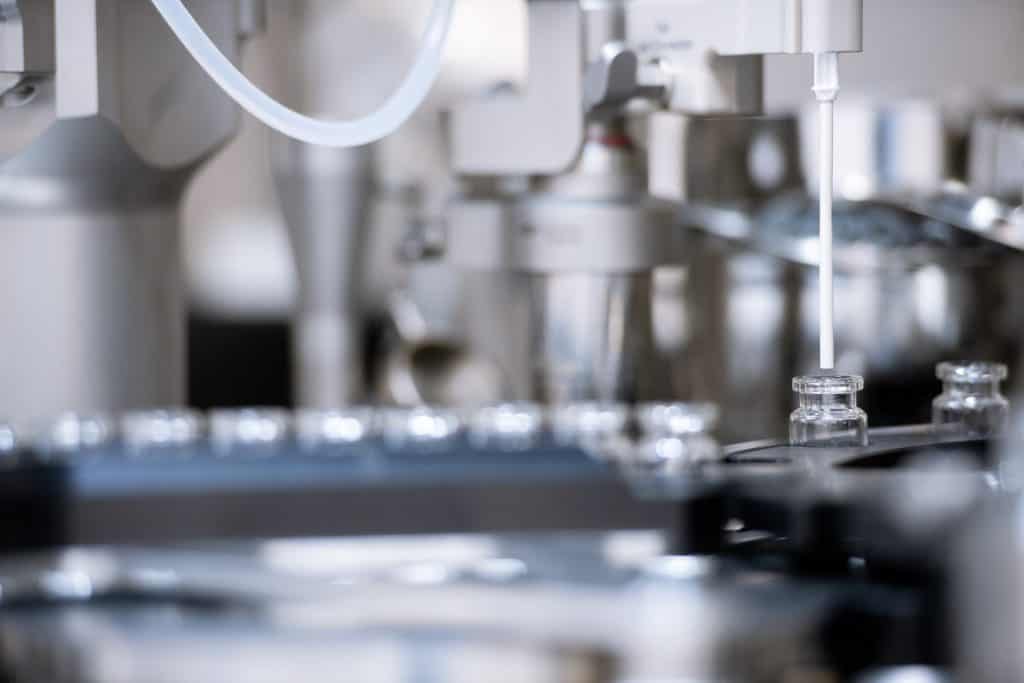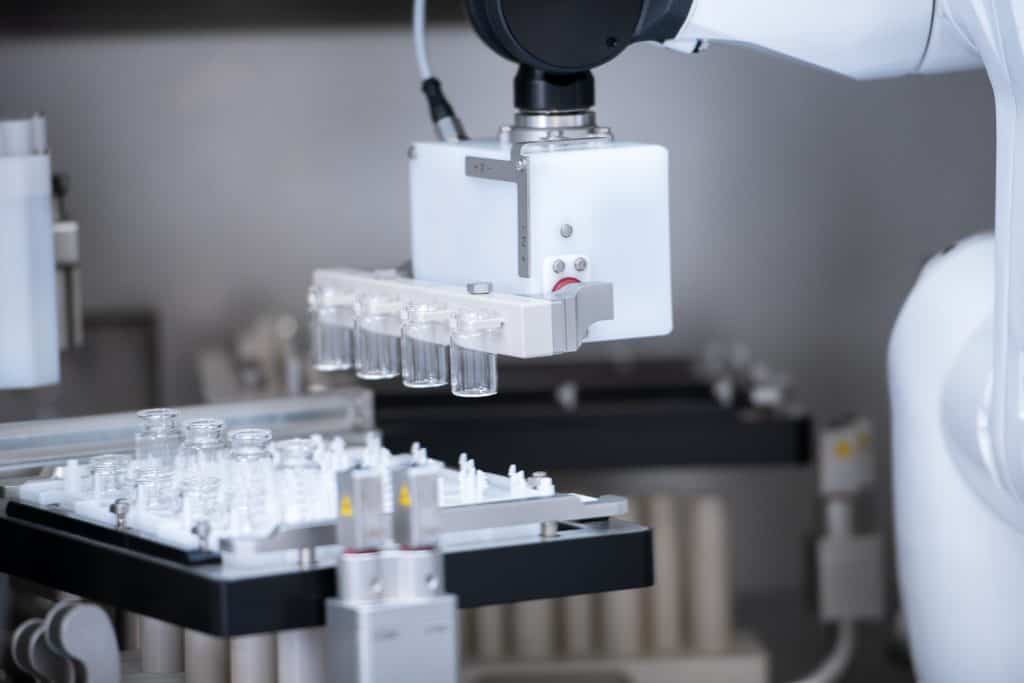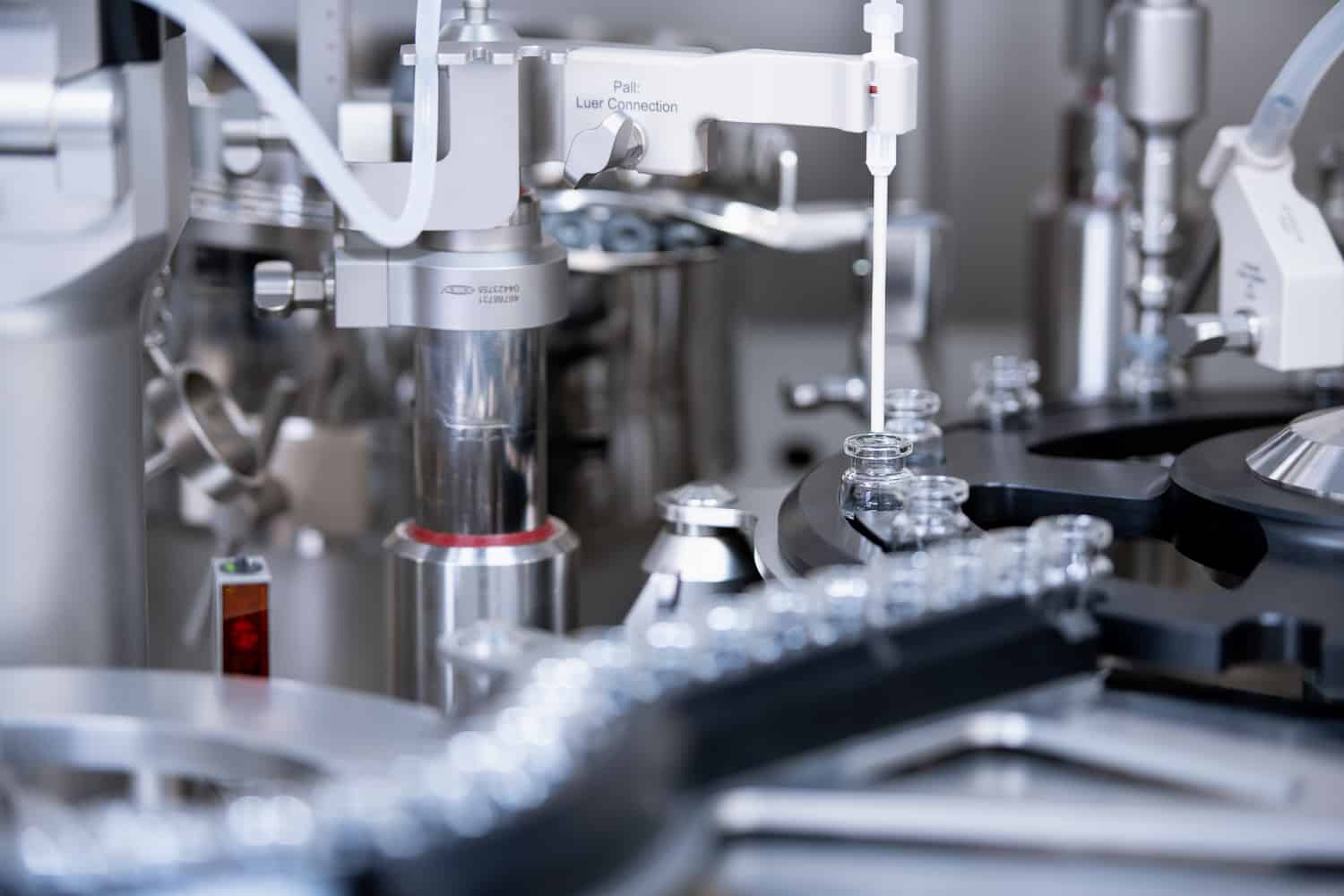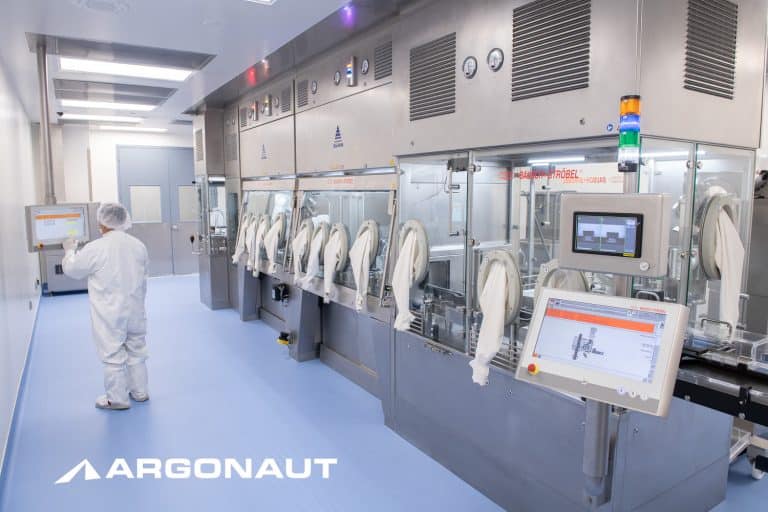With API (active pharmaceutical ingredient) values continuing to climb as production scales conversely drop, it is time to rethink our aseptic filling processes to minimize API loss. The rise in biologics and personalized medicine has led to APIs with significant upstream production costs, where even the smallest loss of API at the fill/finish stage can waste thousands of dollars and potentially result in a short manufacturing lot. Fortunately, new advances in filling technology offer solutions that minimize lost API. To maximize API volume utilized while also reducing risk, intelligent equipment and process design are key. In this case study, we highlight the choices made by Argonaut Manufacturing Services when designing their recently installed Bausch + Ströbel VarioSys aseptic filling line. With equipment lead times surpassing three years from order to validation, it is critical to design the right high-yield line from the start of your project.
Fortunately, new advances in filling technology offer solutions that minimize API loss.
Addressing Sources of Loss
There are a number of root causes of API loss during vial filling. Argonaut designed their line to target two areas with the highest impact on physical API loss: minimizing residual API volumes and optimizing weight checks. One major loss source is residual API left behind in the fluid path and saturated filter. Working with equipment manufacturer Bausch + Ströbel, the team designed a fluid path utilizing a single-hose peristaltic pump attached to a single-use needle. This design minimizes both the overall length and internal diameter of tubing, creating less area where API can be retained. Similarly, filters were sized and optimized to minimize dead volumes. Using this refined system, the total retained API from a filling event can be measured in milliliters. With some API batches today having a total volume of one liter or less, this loss reduction can be critical to achieve needed lot yields.

Another key source of API loss in filling is weight checking, as destructive weight checks or improper fill volumes both result in wasted API. Traditional fill lines perform checks as the final step in the process after all vials are filled or require the line to be paused for testing. In the former case, vials that are under or over-filled are discarded.
The latter destructive in-process testing “means they have to take the vial offline, withdraw the contents, and do the weighing there,” says Stacy Sutton, VP of Quality & Regulatory Affairs at Argonaut, “this in process control loss translates into dollars.”
To minimize API lost to weight checks, Argonaut designed their filling line with in-line, non-destructive 100% weight checks. Every vial is tared before filling and actively measured during the filling process. This allows the vial fill volume to be automatically corrected instead of being discarded. By reducing loss at key stages, well-designed filling lines are able to maximize the amount of API successfully filled.
Reducing Risk
Physically reducing API loss during the filling process is a major step towards maximizing yield. However, this does not address loss due to other failures such as contamination risk. To maximize API yield in the filling process, eliminating sources of risk must also be addressed. Argonaut selected state-of-the-art isolator technology with fully automated robotics in order to combat known contamination sources. In comparison to cleanroom filling and older technologies, closed systems such as restricted access barrier systems (RABS) and isolators reduce contamination risk from the environment and personnel. Combining robotics with isolator technology further reduces human intervention, perhaps the greatest source of contamination risk in aseptic filling.

One key risk-reducing design choice Argonaut made was to house the crimp sealing process in its own RABS cabinet, rather than within the same isolator as filling.
“Crimp sealing is inherently a dirty process in terms of particulate contamination,” says Chris Duffy, Chief Operating Officer at Argonaut, “and it is quite widely known as one of the key contributors to particulates in a line like this.”
The crimping process produces aluminum particulates from the seals themselves, as well as stainless steel and glass particulates from blade contact with vials. Housing crimp sealing in a separate and distal location to filling and stoppering protects against a common source of particulate risk. Traditional lines and those without isolator technology do not offer the same protections.

A less commonly targeted risk source is the vials themselves. Traditionally, vials are received non-sterile and the fill/finish manufacturer prepares them for filling. However, these washing, depyrogenization, and sterilization activities are often not a core competency and can divert focus from more critical processes. Bulk vials jostle each other during shipping, adding the risk of glass particulates. Rather than taking on the risk-laden vial sterilization process, Argonaut designed their filling line to accept ready-to-use (RTU) components. RTU vials arrive pre-sterilized and nested, eliminating a common source of risk in the filling process. Robotic handlers denest vials within the sterile confines of the isolator. In the past, RTU packaging was not standardized, creating difficulty for manufacturers when they switched between delivery formats. However, this has changed as companies including Schott and Daikyo Seiko have joined the Matrix Alliance to promote RTU packaging harmonization. With industry cooperation on RTU, the number of available formats will continue to grow.
When milliliters matter in fill/finish, it is critical to design equipment and processes to reduce API loss. In Argonaut’s experience, teams benefit by working directly with the equipment manufacturer to build in desired yield-enhancing features at the start of the project, as the lead-time from order to validation is three or more years. These enhancements can include minimizing the length of the fluid path, reducing reservoir or dead space, and diminishing tube internal diameter, as well as installing safeguards against contamination risk and failed vials. In high-yield fill/finish, the right equipment design reduces API loss and can make all the difference.
In high-yield fill/finish, the right equipment design reduces API loss and can make all the difference.
If designing your own yield-maximizing line is out of reach, contact the experts at Argonaut to learn more about our contract fill/finish services.


